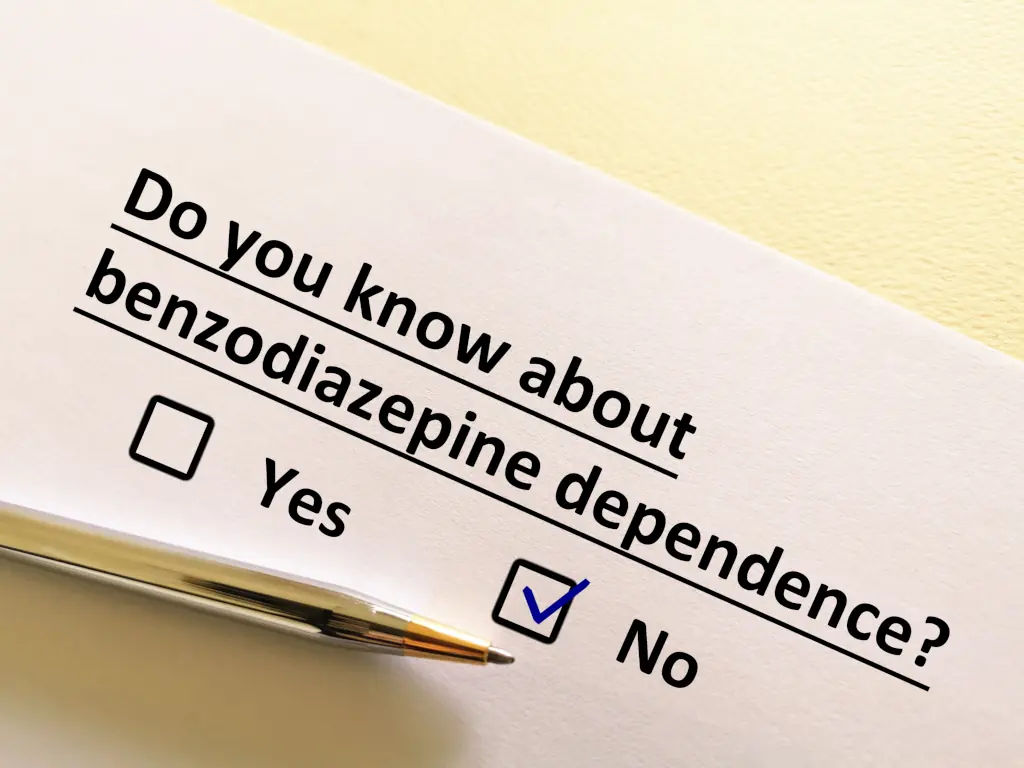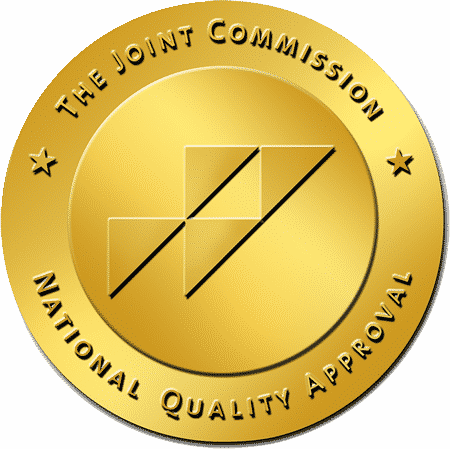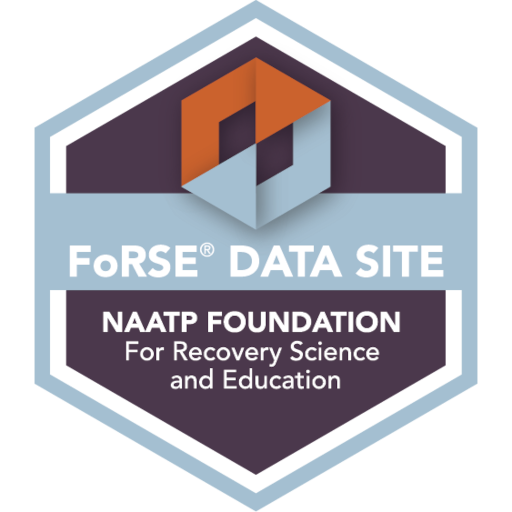Not everyone has the luxury of a good night’s sleep, yet adequate rest is essential for a healthy body and mind. Lack of sleep can affect everyday life, leading to fatigue, irritability, difficulty concentrating, and poor decision-making. Fortunately, there are medications available that can help people get the restful sleep they need.
Restoril (temazepam) is an FDA-approved prescription medication used to treat insomnia in adults. Its sedative effects can help improve sleep latency and sleep quality, meaning that it helps reduce the time it takes to fall asleep and enables you to stay asleep longer.
Like other drugs, Restoril has benefits and risks that you need to consider. You must tell your doctor or pharmacist before using this drug, as it may not be suitable for you.
This blog is to learn more about Restoril, including its benefits, risks, and possible side effects.

What Is Restoril?
Restoril (temazepam) is a benzodiazepine drug for adults with difficulty sleeping or insomnia. According to the United States Drug Enforcement Administration (DEA), benzodiazepines are depressants that slow down the central nervous system to induce calmness and relaxation, reduce anxiety and muscle tension, and minimize seizures.
Temazepam: The Generic Name for Restoril
Temazepam, the generic name of Restoril, is a Schedule IV controlled substance and a subtype of benzodiazepines that doctors commonly prescribe as a sedative. In a 2017 study, the American Academy of Sleep Medicine (AASM) looked into widely used medications in treating chronic insomnia in adults to determine clinical practice recommendations for its treatment. The AASM task force recommended temazepam as one of the drugs clinicians can use to manage sleep onset insomnia and sleep maintenance insomnia compared to no treatment.
Restoril for Insomnia
Sleep onset insomnia, also known as initial insomnia, is the difficulty initiating sleep at the beginning of the night or when one is ready for bed, often described as tossing and turning while trying to fall asleep. Meanwhile, sleep maintenance insomnia, also known as middle-of-the-night (MOTN) or middle insomnia, is the difficulty in staying asleep throughout the night and often results in terminal insomnia or frequent stirrings and early morning awakenings.
Restoril and other temazepam drugs are central nervous system depressants that work by affecting the neurochemical messengers in the brain, slowing their activity and thereby inducing sleepiness. Restoril’s calming and relaxing effects can help users fall asleep faster, stay asleep longer, get a good night’s sleep, and wake up feeling more rested.
Restoril Can Lead to Addiction
Since they belong to the Schedule IV drug classification, temazepam products, including the brand Restoril, have a potential for drug abuse and a risk of dependence for its users especially those with a history of addiction.
Restoril is must be taken as prescribed, or its effects may lead to addiction.
Restoril Capsule Dosage Strengths
Restoril comes in capsule form in several dosage strengths, including:
Restoril 7.5 mg –
Restoril 7.5 mg is the standard recommended dosage for most insomnia patients especially in elderly or debilitated patients. Therapy should be initiated at 7.5 mg until individual responses are determined.
It has a blue cap imprinted with “RESTORIL 7.5 mg” twice and a pink body imprinted with “FOR SLEEP,” an “M” in a box, and the registered trademark symbol.
Restoril 15 mg –
Restoril’s 15 mg dosage has a maroon cap imprinted with “RESTORIL 15 mg” twice. Its pink body has the “FOR SLEEP,” an “M” in a box, and the registered trademark symbol marks.
Restoril 22.5 mg –
The entire Restoril 22.5 mg capsule is blue, imprinted with two “RESTORIL 22.5 mg” stamps, a “FOR SLEEP,” an “M” in a box, and the registered trademark symbol.
Restoril 30 mg –
The Restoril’s 30 mg capsule has a maroon cap imprinted with “RESTORIL 30 mg” twice and a blue body with the “FOR SLEEP,” an “M” in a box, and the registered trademark symbol stamps.
It’s crucial to take Restoril and other temazepam products only as directed by your doctor or pharmacist. You should not exceed the recommended dosage or consume it in any way besides your doctor’s prescription, as this can increase your risk of side effects and lead to addiction.
How Is Restoril Used?
Your doctor may prescribe Restoril depending on your medical condition, symptoms, age, other medications taken, and other factors.
Be sure to tell your doctor if you have the following medical conditions:
- Pregnant or planning to be pregnant
- Kidney disease
- Lung disease and other respiratory problems
- Depression, anxiety, or any other mental illness
- History of alcohol and substance abuse or addiction
When taking Restoril, it is vital to follow your doctor’s prescription exactly as directed and read the medication guide. Following your doctor’s orders, you can take Restoril with or without food, and it’s best to take it just before you go to bed and around the same time each night for maximum effectiveness.
The short-term treatment of insomnia using Restoril usually lasts 7 to 10 days. Doctors typically prescribe a 7.5 mg dose for those who suffer transient insomnia or have trouble sleeping for a few nights. For elderly or debilitated patients, healthcare providers may initiate a treatment starting with a 7.5 mg dosage, increasing as needed.
Your doctor may recommend anywhere from 7.5 mg to 30, depending on your circumstance. Be sure to follow the prescription precisely. If you think you need a higher dosage, if the medication isn’t working, or if symptoms persist after 10 days, tell your doctor immediately before changing the dosage. Additionally, do not share your Restoril prescription with others even if you have the same symptoms.
Sleeping seven to eight hours after taking Restoril is also crucial, as the medication induces drowsiness that affects daytime activities. If you forget to take your dose at the recommended time, skip the missed dose and take the next scheduled dosage. Do not double up on the dosage to make up for a missed dose.
What Are the Side Effects of Restoril Use?
Restoril use carries the risk of side effects. Some physical side effects you may experience include:
- Drowsiness
- Fatigue
- Dizziness
- Headache
- Nausea
- Vomiting
- Dry mouth
- Stomach pain
- Constipation
- Diarrhea
- Blurred vision
- Difficulty breathing
- Rapid heart rate
- Changes in appetite or weight
Mental side effects include:
- Nervousness
- Anxiety
- Agitation
- Aggression
- Confusion
- Mood swings
- Behavioral changes
- Memory loss
- Hallucinations
- Nightmares
Restoril can also cause allergic reactions such as hives, rash, swelling, and difficulty breathing. In some cases, Restoril users may experience the following situations while asleep that they usually don’t remember:
- Walking
- Driving
- Cooking
- Making phone calls
- Engaging in sexual activities
If you experience allergy or any of the above symptoms, stop taking Restoril and seek emergency medical help immediately. These symptoms may be signs of overdose or severe side effects and may endanger your life.
How Addictive Is Restoril?
Restoril has calming, sedative properties, which can be habit-forming and addictive. People who misuse Restoril may develop a tolerance that leads to a physical or psychological dependence, hence drug addiction if taken in high doses or for an extended period.
Many people also suffer from rebound insomnia or the inability to sleep without taking Restoril. This happens when they abruptly stop taking the drug or if their course of treatment has ended. Its symptoms are often worse than the original sleep problem, leading to greater drug use.
If you develop a tolerance, dependence, or addiction to Restoril, seek emergency medical attention to taper off temazepam intake safely. Do not suddenly stop taking Restoril, which can lead to life-threatening withdrawal symptoms.
What Are the Withdrawal Symptoms of Restoril Abuse?
An abrupt decrease in dosage, sudden discontinuation, or Restoril misuse and abuse can cause withdrawal symptoms that can be mild to severe, depending on several factors, including the duration of use, the strength of dosage, the user’s overall health, and other co-occurring health conditions. These symptoms may last from several days to weeks and can include:
- Intense cravings
- Daytime anxiety
- Lasting drowsiness
- Insomnia
- Tremors
- Sweating
- Fatigue
- Abdominal cramps
- Muscle pain or tension
- Confusion
- Headaches
- Depression
- Agitation
- Irritability
- Changes in appetite
- Vomiting
- Diarrhea
- Respiratory depression
- Panic attacks
- Hallucinations
- Paranoia
- Seizures
- Memory problems
Sometimes, people may experience unexplainable symptoms, including making phone calls, sleep driving, and engaging in other activities they don’t remember doing. At times, users also suffer falling or accidental injury while sleepwalking.
In extreme cases, life-threatening withdrawal symptoms such as heart attack, stroke, seizures, coma, and death may occur.
If you’re experiencing any of these symptoms, seek emergency medical attention quickly for safe, effective treatment to manage Restoril withdrawal.
What Are Possible Restoril Drug Interactions?
Restoril can interact with other drugs, over-the-counter medicines, supplements, and street drugs, leading to paradoxical reactions and severe side effects. Those with mental illness and other medical conditions must be cautious when using Restoril with certain medications.
Some of the drugs that may interact with Restoril are:
- Ambien (zolpidem)
- Ativan (lorazepam)
- Cymbalta (duloxetine)
- Klonopin (clonazepam)
- Lexapro (escitalopram)
- Lyrica (pregabalin)
- Neurontin (gabapentin)
- Norco (acetaminophen/hydrocodone)
- Topamax (topiramate)
- Tramadol
- Trazodone
- Xanax (alprazolam)
- Zoloft (sertraline)
Be sure to tell your doctor about all drugs, supplements, and herbal products to avoid drug interactions.
Do not drink alcohol while taking Restoril, as it can lead to lethal side effects.
What Are the Treatment Options for Restoril Addiction?
If you’re struggling with Restoril addiction, immediate medical help can help you overcome it. The proper treatment plan might include a combination of the following:
- Medical detoxification
- Inpatient or outpatient rehabilitation programs
- Medication-assisted therapy (MAT)
- Cognitive behavioral therapy (CBT)
- Individual or group psychotherapy
- Support groups
- Aftercare services
The exact treatment plan for Restoril abuse and addiction varies from person to person. However, with the right help and support, you can get your life back on track and be free from drug abuse.
Find Help for Drug Addiction With La Hacienda Treatment Center
Restoril (temazepam) is a powerful sleeping pill that people can misuse and abuse, leading to serious side effects. If you or someone you know is struggling with Restoril addiction, La Hacienda Treatment Center can help.
Our experienced medical professionals offer personalized treatment plans to detox from Restoril and other drugs safely.
Contact us today for more information about addiction treatment programs and how we can help you recover.
Sources:
https://www.dea.gov/factsheets/benzodiazepines
https://www.dea.gov/drug-information/drug-scheduling
https://pubmed.ncbi.nlm.nih.gov/27998379/
https://www.webmd.com/drugs/2/drug-9667/restoril-oral/details
https://www.everydayhealth.com/drugs/temazepam
https://www.medbroadcast.com/drug/getdrug/restoril
https://www.drugs.com/drug-interactions/temazepam,restoril.html
https://www.healthline.com/health/insomnia/middle-insomnia#causes




